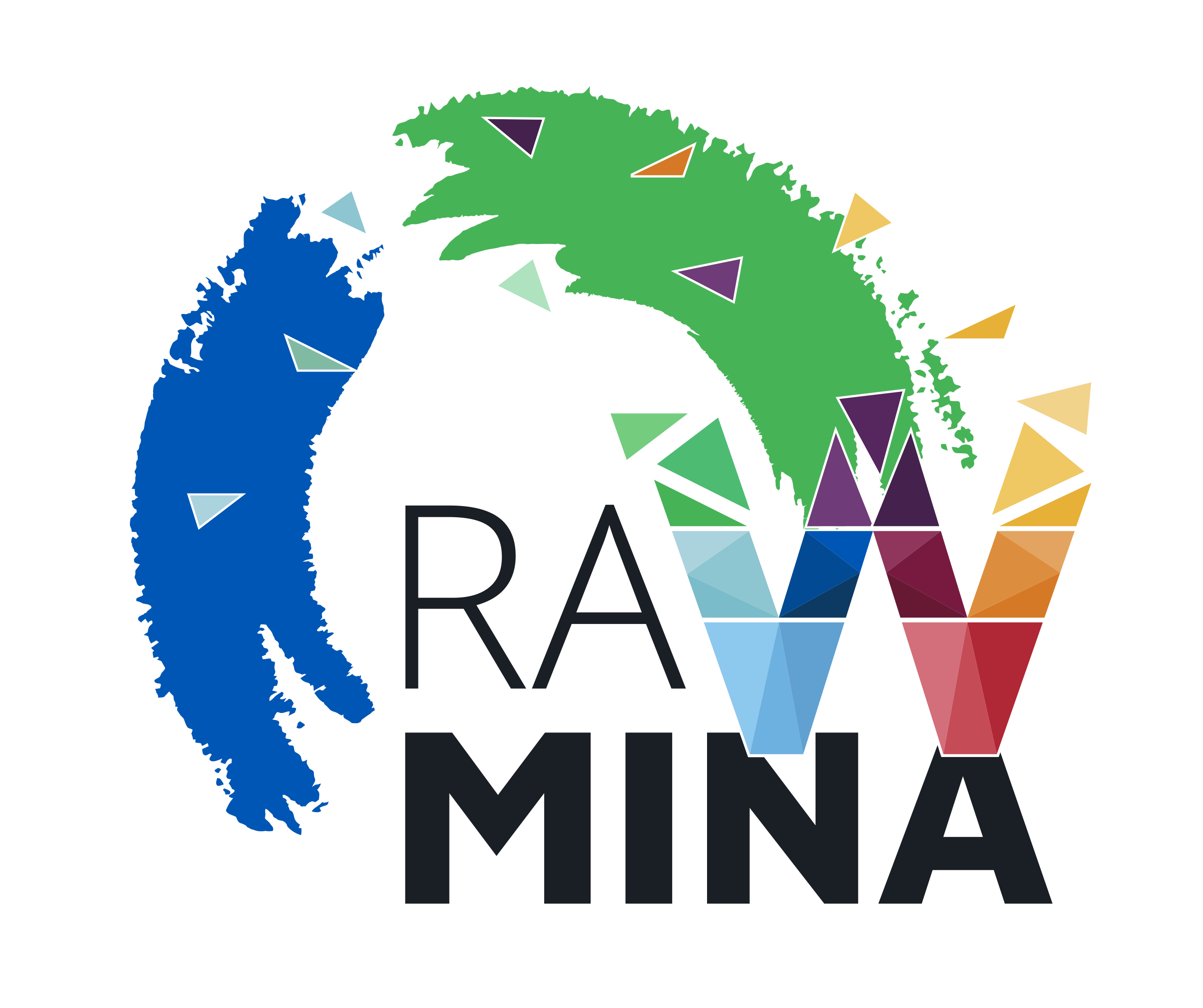In December 2023, the European Union adopted the Critical Raw Materials Act (CRMA) to secure essential resources for its energy transition and strategic sectors like aerospace and healthcare. Facing heavy dependence on third-country suppliers, the EU identified the essential need to diversify its supply chains and enhance resilience through this groundbreaking legislation.
The adoption of the CRMA strengthens domestic capabilities along the supply chain, and aligns with international initiatives for diversified critical raw material supplies.
To achieve self-sufficiency, benchmarks have been set, requiring the EU to extract 10%, process 40%, and recycle 25% of its annual consumption of strategic raw materials by 2030. Waste considerations for recycling objectives and efforts to mitigate demand through resource efficiency and technological progress are integral components addressed by the CRMA.
Strategic Projects, identified along the value chain, will benefit from streamlined permitting procedures, further contributing to the CRMA's objectives. The act extends its scope to projects producing materials that substitute critical raw materials, ensuring compliance with high Environmental, Social, and Governance (ESG) standards.
Crucially, the political agreement means that the list of strategic and critical raw materials, including the addition of aluminium and synthetic graphite, will become part of EU law. The act also introduces monitoring of critical raw material supply chains, with large companies obligated to perform risk assessments.
The RAWMINA project is ideally suited to the promotion of EU resource independence with its focus on mines and minerals representative of the Iberian peninsula, with its emphasis on:
- Continuous bioleaching.
- Iron removal with magnetic separation.
- Selective recovery using Nanofibrous Composite Materials.
- Thermo-Desorption Processes.
- Electro Winning and Electro Coagulation.
- Water recirculation.
In a global race for critical resources, the EU has demonstrated its recognition of the importance of resource independence through the CRMA, aligning with its commitment to a greener and economically resilient future.

